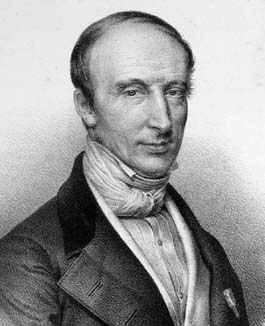- About MAA
- Membership
- MAA Publications
- Periodicals
- Blogs
- MAA Book Series
- MAA Press (an imprint of the AMS)
- MAA Notes
- MAA Reviews
- Mathematical Communication
- Information for Libraries
- Author Resources
- Advertise with MAA
- Meetings
- Competitions
- Programs
- Communities
- MAA Sections
- SIGMAA
- MAA Connect
- Students
- MAA Awards
- Awards Booklets
- Writing Awards
- Teaching Awards
- Service Awards
- Research Awards
- Lecture Awards
- Putnam Competition Individual and Team Winners
- D. E. Shaw Group AMC 8 Awards & Certificates
- Maryam Mirzakhani AMC 10 A Awards & Certificates
- Two Sigma AMC 10 B Awards & Certificates
- Jane Street AMC 12 A Awards & Certificates
- Akamai AMC 12 B Awards & Certificates
- High School Teachers
- News
You are here
Servois' 1814 Essay on the Principles of the Differential Calculus, with an English Translation - Series Expansion and Convergence
Having rejected infinitesimals, Servois then explained that he has “always found several inconveniences in deducing [the exposition of the calculus] from the consideration of derived function or, in general, of limits” [Servois 1814b, p. 148]. He then described the advantages of using series expansions in foundational matters. “The first expansions into series that we encounter are the results of successive transformations applied to equations of identity” [Servois 1814b, pp. 148-149]. As an example, Servois considered the identity \[ \frac{1}{1+a} = \frac{1}{1+a}, \] then performed division on the right hand side to derive the geometric series.

Figure 6. Augustin-Louis Cauchy. Painting by Jean Roller, ca. 1840 (public domain).
In a second example, he began with the identity \[ \frac{1}{a-b} = \frac{1}{a+x} + \frac{b+x}{(a+x)(a-b)}, \] then transformed it into a series from a paper by Nicole [1727]. He observed that such expansions always have remainder terms, so that these expansions can be stopped at any term, and the identity can be preserved by means of this term. Servois called the remainder term of a series a “complement.” According to Servois, his method has the additional benefit that we need never assume that we know the form of the desired series.
Seven years before Cauchy's Cours d'analyse [Cauchy 1821], Servois observed that convergence is an issue which needs to be considered when manipulating series. He noted that the remainder term of a series can be omitted if the series converges, since the remainder can be shown to tend to zero. However, divergent series “may only be used with their complements, and in this way we have long ago happily resolved the paradox presented by the expansion of the fraction \( \frac{1}{1+1} \)” [Servois 1814b, p. 150]. The paradox of which Servois spoke is that a careless application of the geometric series suggests that \( \frac{1}{2}= 1 - 1 + 1 - 1 + \ldots \).
Robert E. Bradley (Adelphi University) and Salvatore J. Petrilli, Jr. (Adelphi University), "Servois' 1814 Essay on the Principles of the Differential Calculus, with an English Translation - Series Expansion and Convergence," Convergence (November 2010), DOI:10.4169/loci003487




